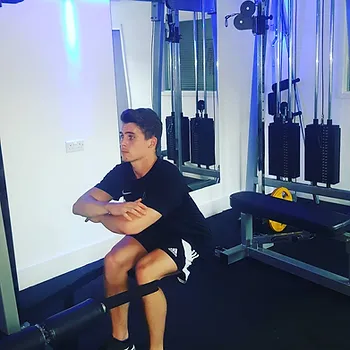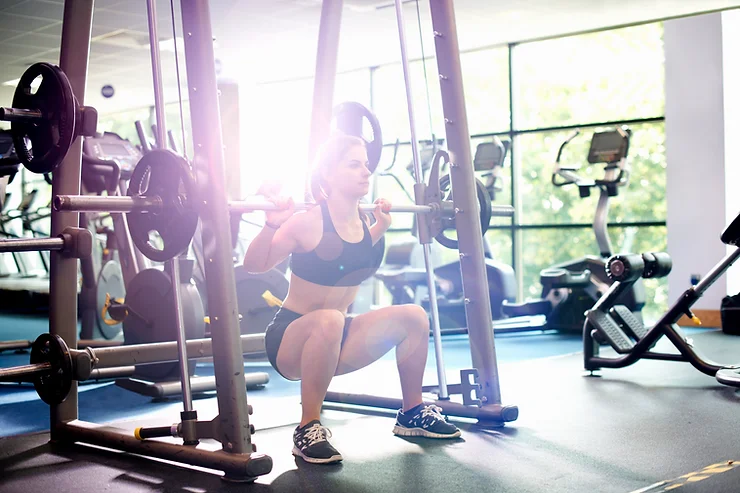One technique that I am using more at more for rehab of irritable tendon-based problems and pain, is something called heavy slow resistance training. This resistance training does what is says on the tin, and effectively describes moving a heavy weight slowly through the range of motion of an appropriate exercise. I use this particularly for the achilles, plantar fascia, patella and shoulder or rotator cuff related pain, amongst others. Commonly pains at these regions come from tendon related pain, more commonly referred to in the medial as tendonitis.
You can get tendonitis in any joint in the body, but the most common regions for tendon pain are at the shoulders, hips, knees, ankles and feet. Plantar fasciitis is one of the more well known conditions, which I have discussed in more detail in one of my previous blog posts, which you can read about here: https://www.azzurrotraining.com/single-post/2017/05/09/Plantar-Faciopathy–You-might-know-it-as-Plantarfacitis
With heavy slow resistance training (HSR) the amount of energy storage-release forces that travel through a tendon is reduced. Put simply, it reduces the amount of stretching and plyometric forces through the strong collagen fibres that make up a tendon. Over time, and with repetition, it can be these plyometric forces that causes negative changes in a tendon that can lead to gradual breakdown and eventually pain. Anyone that has suffered from tendonitis in the shoulders, achilles, plantar fascia or hip with know just how painful and disabling it can be.

Therefore, to recover from such painful conditions, HSR can help bridge the gap between the forces that are replicated in strenuous activity, like running, and get people back to being as strong as possible, and more importantly, pain free. With time, provided pain is within controlled parameters and technique is good, the weight can be increased, and the number of repetitions can be decreased, getting heavier without increasing pain.
This is a form of strength and conditioning to get people returning to sport after injury, but it’s helpful to get people who are simply trying to reduce their pain with a good long-term management strategy.

With the correct exercises and with the additional treatment options that physiotherapy can offer you, your pain will improve. The benefit of doing rehabilitation or recovery under the guidance of a physiotherapist is that you can be assured that you are solving the cause of the pain, rather than just masking the pain as can be the case with certain treatments like acupuncture or massage. These treatments have a place, but must always be done in conjunction with a well-structured strengthening programme. Heavy slow resistance is the perfect way to achieve this.


